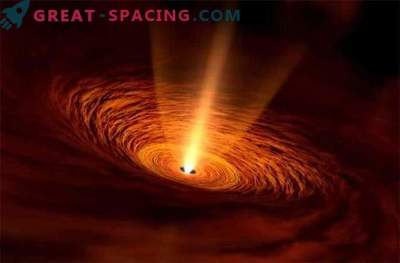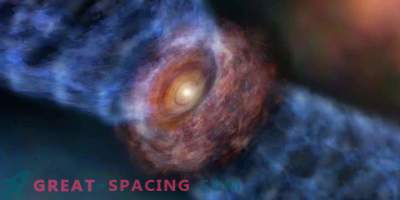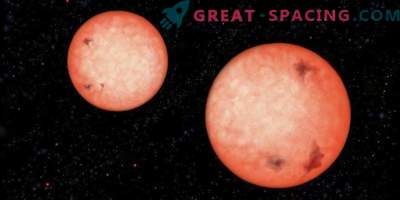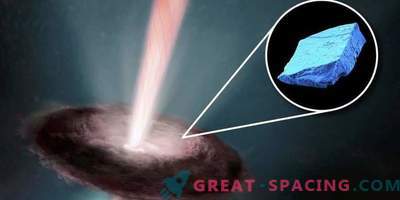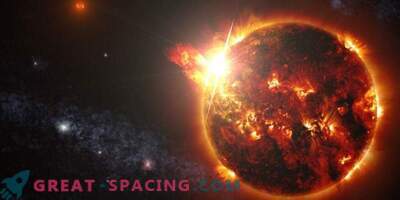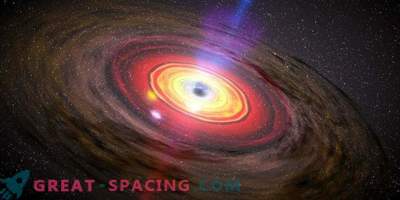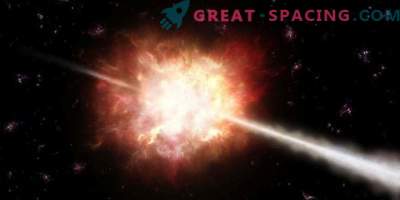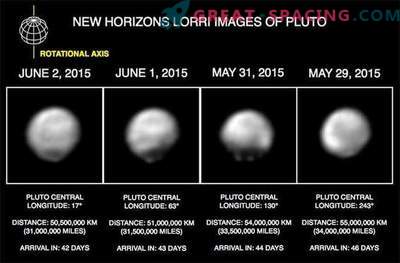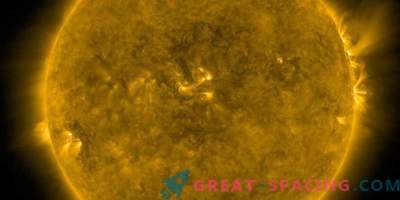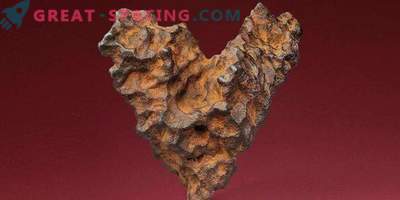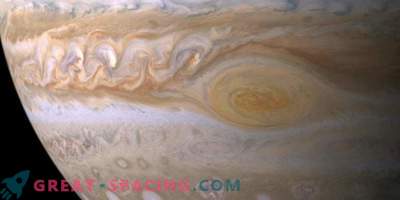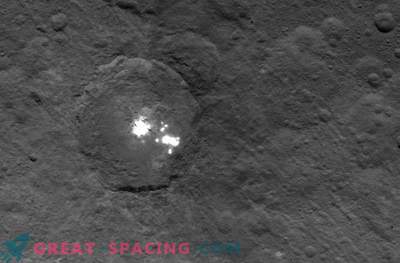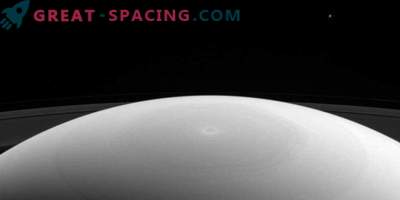
Using observations from the ALMA radio observatory (Chile), researchers first found a curved disk around a young protostar that appeared only a few tens of thousands of years ago. This means that the displacement of planetary orbits in many planetary systems, including ours, can be caused by distortions in the disk forming the planet at the beginning of their existence.
The planets in the solar system rotate around the sun in planes that are not more than 7 degrees offset from the solar equator. For a certain time, scientists knew that many alien star systems have planets that are not built into a single plane. It is believed that some planets could suffer from collisions with other objects in the system or from stars passing by, which pushed the planets out of the initial orbital planes.
However, there was a variant of the fact that the cause of the formation of planets outside the normal plane was the curvature of the star-forming cloud in which the planets appeared. Recently managed to display in the photos a similar deformation of the disk. But it was difficult to say how early this could happen. Recent studies have focused on the young protostar L1527, which is still in the cloud, but is endowed with a disk. It consists of two parts: the inner one rotates in one plane, and the outer one - in the other. The disk is extremely young and continues to grow. L1527 is 450 light-years distant and lives in the Taurus Molecular Cloud. This is a great object for research, as the disk is located almost on the edge of the earth's review.
Observation shows that the displacement of planetary orbits can be caused by the structure of the deformation that appeared at the very early stages of the formation of planets. To find out whether this is normal or not, more star systems will have to be studied. In addition, you need to understand what caused the disc skew. Perhaps the whole thing in an uneven flow of gas and dust in the protostellar cloud. Or the magnetic field of the protostar is located in a different plane from the plane of rotation of the disk and the internal disk is attracted by the magnetic field to another plane.


